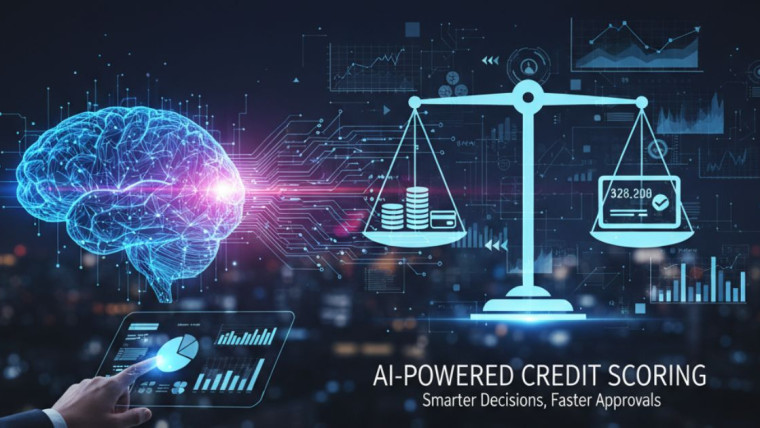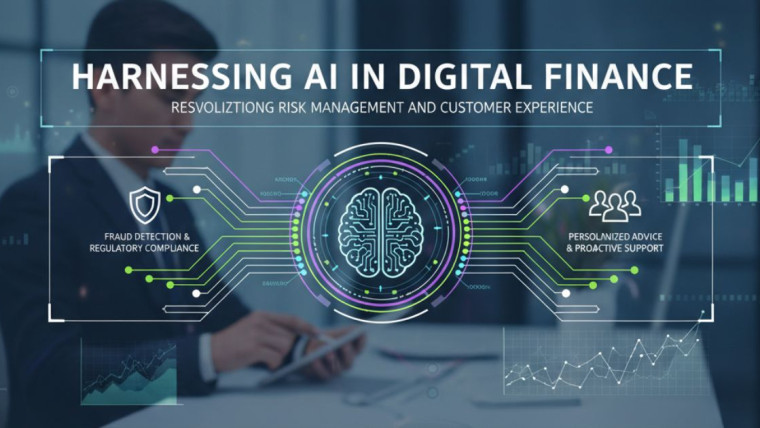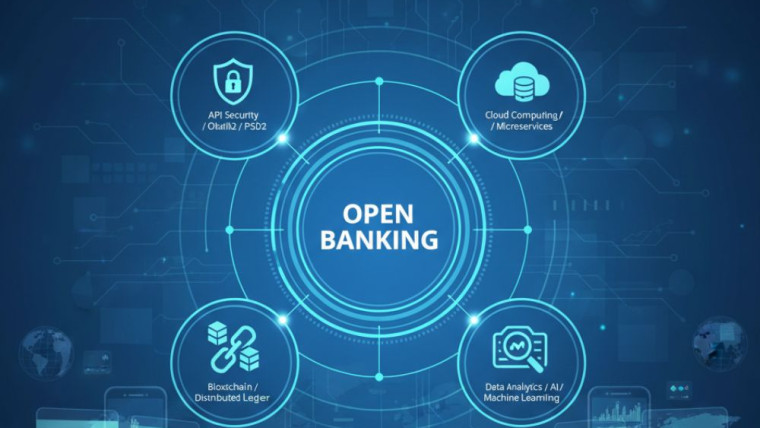More organizations are recognized digital finance transformation as business critical for survive in this fast changing era. But what does that really mean? And why should finance professionals, business leaders and tech enthusiasts spend time tuning in to what it means?
In this blog post, we will dissect what digital finance transformation is, its fundamental components, the benefits it provides, the challenges it brings, and how it is going to shape the future. You will discover how this innovation can transform the financial operations and lead to making strategic decisions.
What Is Digital Finance Transformation?
Fundamentally, digital finance transformation means adopting digital technology across the financial processes, systems and strategies. It’s not just about replacing tedious tasks with machines or shifting physical systems to the cloud; it’s about re-imagining what finance teams do in a data-rich world.
This process includes the adoption of new technologies that enable companies to handle data more quickly, make more informed decisions, and gain greater insights into business performance. It’s the transformation of finance from a service (reactive, transactional) to a leadership (foresight, planning over time) role.
William Gibson famously said, “The future is here, it’s just not evenly distributed. Transformation of Digital finance is the future; it gives organizations the tools to meet the new challenges.
Core Components of Digital Finance Transformation
To understand its impact, we need to explore the foundational elements of digital finance transformation. These include cloud computing, artificial intelligence (AI), and advanced data analytics.
1. Cloud Computing
Cloud technology has revolutionized the way finance data is stored, accessed, and shared. By moving finance operations to cloud platforms, businesses can enjoy real-time collaboration and reduced dependency on expensive on-premise servers.
- Example: A multinational company with offices in New York, London, and Tokyo can share live financial reports across all teams through cloud systems like SAP or Oracle NetSuite.
2. Artificial Intelligence (AI)
AI has unlocked unparalleled potential in financial automation and decision-making. By leveraging machine learning models, finance departments can forecast trends, detect fraud, and automate repetitive tasks like invoice processing.
- Example: AI-powered tools like Workday Adaptive Planning allow finance teams to create dynamic financial plans that adjust based on real-time data.
3. Data Analytics
Data analytics lies at the heart of digital finance transformation. Tools such as Power BI and Tableau enable organizations to convert raw data into actionable insights, allowing leaders to identify profit drivers or spot inefficiencies.
- Example: A retail chain using analytics can track sales patterns and identify areas for cost reduction while simultaneously optimizing inventory levels.
The Benefits of Digital Finance Transformation
The adoption of digital tools and strategies offers significant advantages. Here are three primary benefits finance professionals can expect from a successful transformation.
1. Greater Efficiency
Digital tools reduce time spent on laborious manual processes. For instance, automating payroll and tax calculations can save companies hundreds of hours annually.
2. Improved Accuracy
Humans make mistakes, especially when managing massive sets of numbers. Automation and intelligent algorithms minimize errors, creating more reliable financial data.
3. Strategic Insights
By utilizing predictive analytics tools, finance leaders can go beyond merely analyzing historical data. They can create robust forward-looking strategies, anticipate risks, and find new growth opportunities.
By streamlining processes and providing actionable intelligence, digital finance transformation empowers companies to make decisions faster and with more confidence.
Challenges in Implementing Digital Finance Transformation
Digital finance transformation doesn’t happen without its hurdles. While the rewards are encouraging, it’s important to acknowledge and prepare for common challenges along the way.
1. Security Concerns
With great data comes great responsibility. Moving sensitive financial information to digital mediums increases exposure to cyberattacks. This makes implementing robust cybersecurity measures critical to safeguard operations.
2. Integration Complexity
Organizations often rely on legacy systems that don’t integrate seamlessly with modern software solutions. Achieving interoperability between old and new systems takes time, planning, and investment.
3. Skills Gap
Finance professionals accustomed to traditional methods may find it challenging to adapt to digital technologies. Workforce upskilling and training programs are essential for overcoming this barrier.
Real-World Examples of Successful Finance Transformations
Example 1: General Electric
General Electric (GE) adopted a digital-first strategy, incorporating AI and cloud solutions into their finance systems. This allowed them to centralize financial reporting and improve the accuracy of their forecasts, saving the company millions in operational costs.
Example 2: Starbucks
Starbucks combined digital payments with advanced analytics to create a seamless customer experience and increase profitability. Their ability to manage customer purchasing data has enabled precise rewards programs and better demand forecasting.
Example 3: Siemens
Siemens introduced robotic process automation (RPA) into their financial workflows. Tasks like accounts reconciliation that once took days now take minutes, reducing costs and boosting efficiency.
Future Trends in Digital Finance Transformation
Looking ahead, the future of digital finance promises even more innovation, with trends like blockchain, automation, and predictive analytics leading the charge.
1. Blockchain
Blockchain technology is set to revolutionize financial transactions by providing transparency and security on a decentralized ledger. This holds particular promise for supply chain financing and fraud prevention.
2. Automation
RPA (Robotic Process Automation) will continue to eliminate repetitive manual tasks such as invoice matching, allowing finance teams to focus on higher-value activities.
3. Predictive Analytics
Current analytics tell us how our past actions performed and what is happening now, predictive analytics helps business make predictions on customer behaviour, market trends, and economic changes before they occur.
The true revolution, however, will come from the interplay of these technologies upon forming integrated digital ecosystems, allowing organizations to function with enhanced agility and accuracy.
Why Digital Finance Transformation Is the Future
The transition to digital finance transformation isn’t a fad — it is the inevitable future of business operation. It enables organizations to become more efficient, more insightful and ultimately more profitable.
That is the clear message for finance professionals and business leaders: the time to begin this transformation is now. These tools and strategies are crucial for businesses looking to remain competitive in a digital world.
If you’re prepared to take your finance operations to the next level, perhaps it’s time to consider the tools that can help you achieve it. Get started on the new, test different, sign up and discover what digital finance transformation is all about.








How Open Banking APIs Are Revolutionizing Digital Finance?
What Is FinTech? A Beginner’s Guide to the Finteching 2025
What Is a Fintech App? Everything You Need to Know
Why Digital Financial Services Are Transforming the Future of Finance
Digital Twin Technology in Finance: How Virtual Models Are Transforming Risk Management
The Future of Personal Finance: Autonomous Finance and AI Money Management
AI Credit Scoring: Revolutionizing SME Banking and Digital Loans
AI Fraud Detection: How Banks Prevent Financial Crime in Real Time